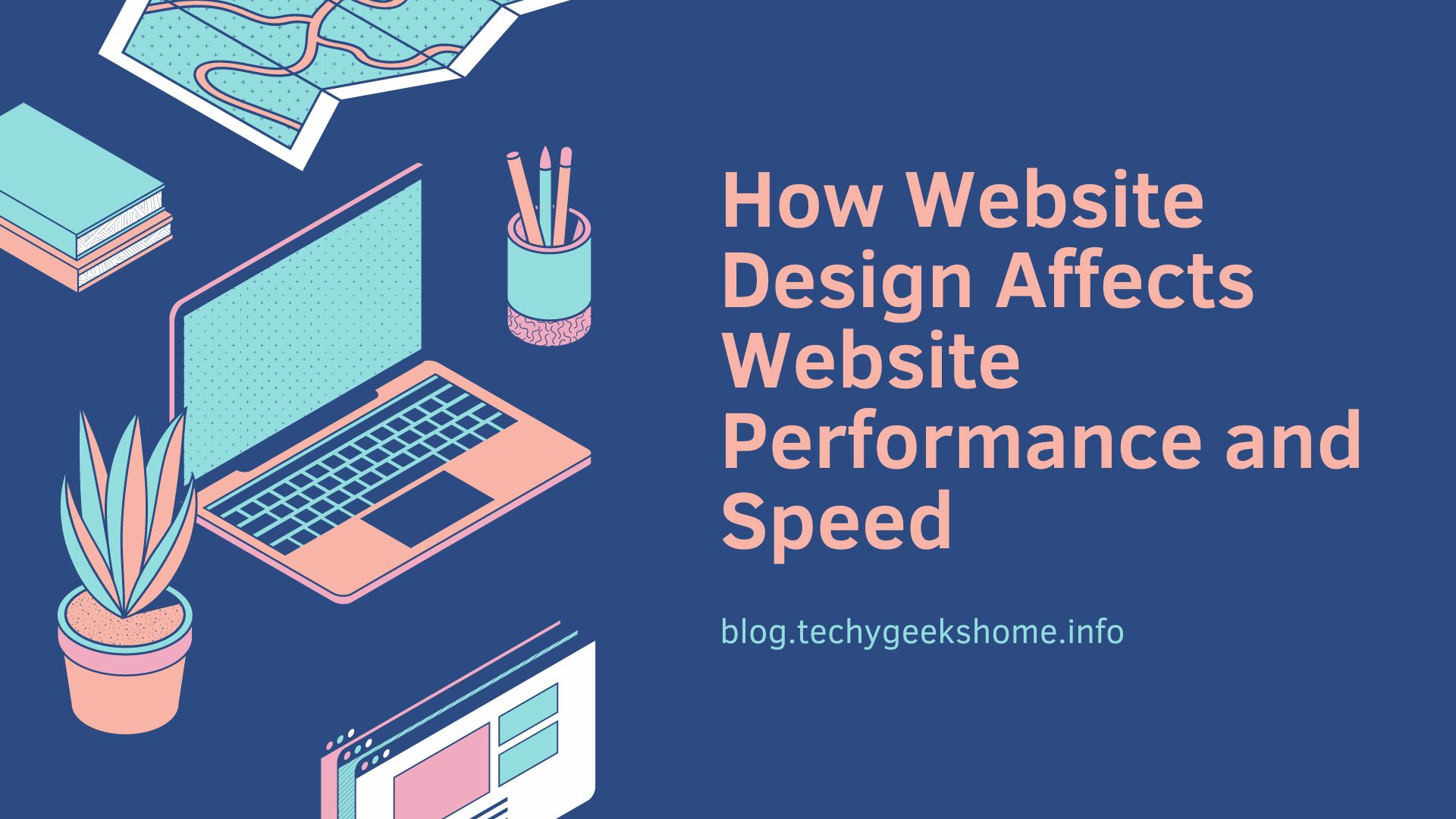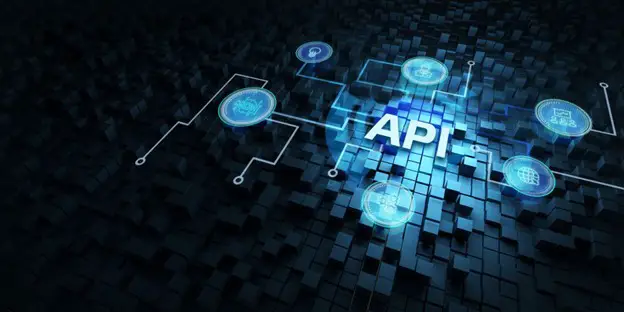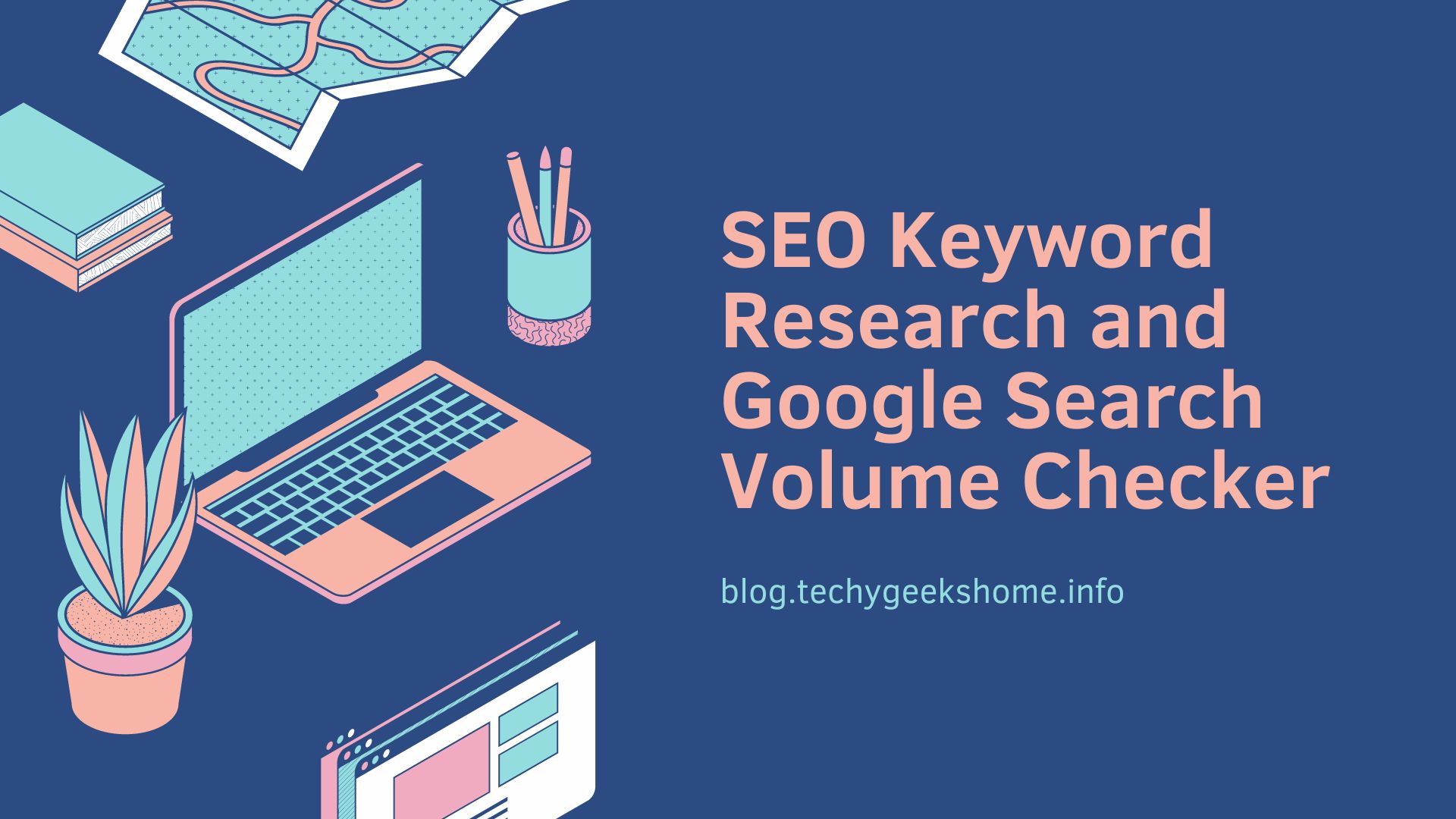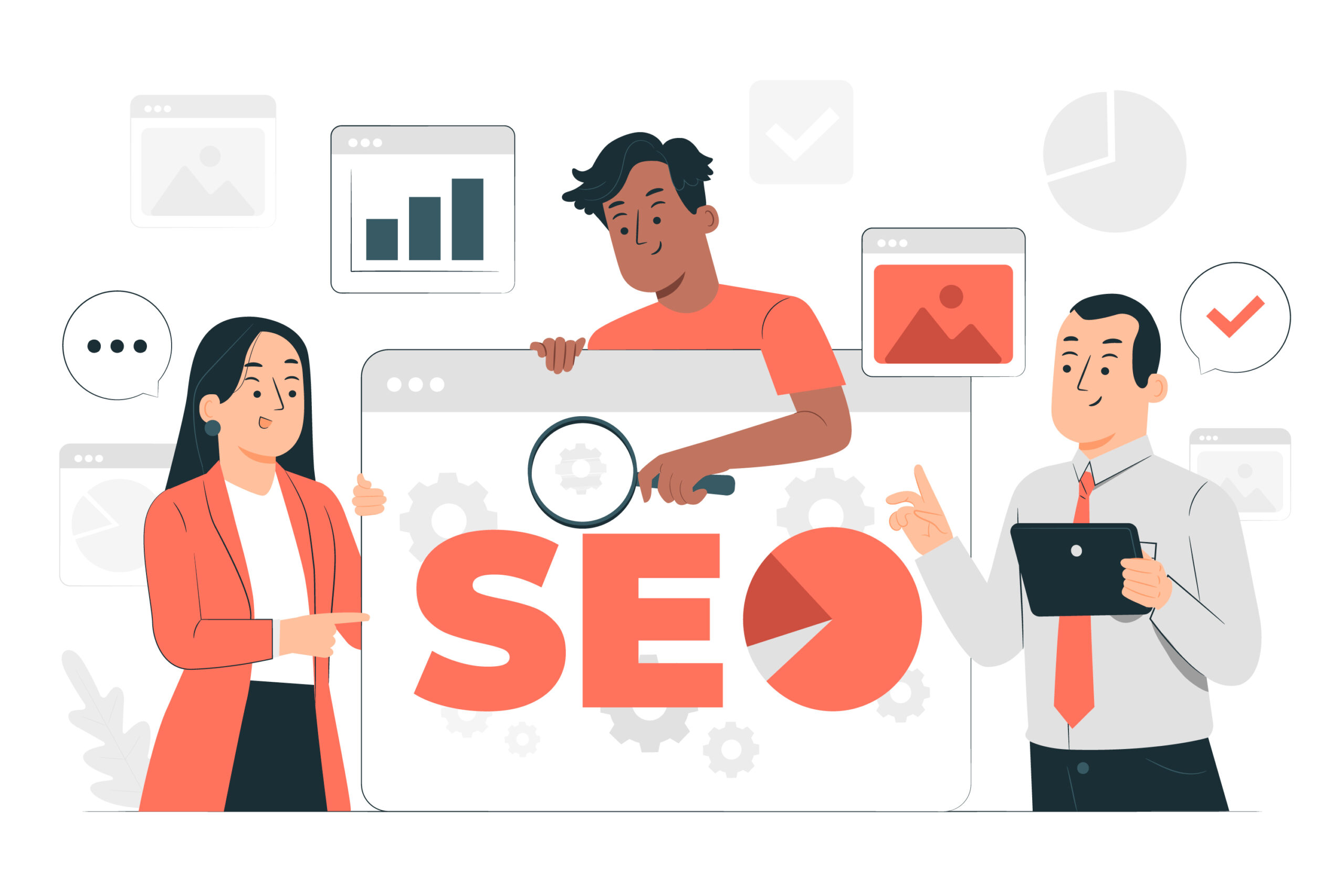Internet users rely on websites being optimized for performance and speed and have come to expect high levels. This also has a direct effect on search engine optimization (SEO), which can affect rankings. However, the design of a website can impact these critical factors. We look at how website design affects website performance and speed.
How Graphics and Images Affect Website Performance and Speed
How fast a website loads is affected by the user’s connection. An internet provider in Chula Vista, for example, offers fiber, which is super-fast, but anyone on a slower broadband package will have a very different experience.
However, images also impact site loading speeds. Images need to be compressed and not too big. If not, they will load slowly and annoy users. Compression and reduction of the file size should not compromise quality. Certain image formats are designed to provide good website speed. Stick to JPEG, WebP, and PNG. Web designers also need to limit the number of images on any webpage.
How Animation Affects Website Performance and Speed
Web designers use images to increase user engagement with the site. But they need to be careful of intricate animations and ones that are large. It is essential to make sure that an animation adds to the user experience and increases the chances of a call to action being selected.
How Typography and Font Affect Website Performance and Speed
When a website designer uses too many custom or different fonts, they must be aware that this can interfere with speed and performance. Pages will take longer to load. Most browsers offer standard fonts that will not cause a problem.
The style and size of fonts are two other factors to watch out for. If you use a big, bold font rather than a small, normal font, users will experience slower loading. The latter, on the other hand, can improve speed and performance.
How Content Delivery Networks (CDNs) Affect Website Performance and Speed
Content Delivery Networks (CDNs) cache web content on numerous servers around the world. These networks can improve how fast content is delivered to the user or customer. The end result is a shorter distance between the server and the user, meaning better performance and speed.
There are other advantages to CDNs. For example, downtime is decreased, and web security is heightened. When a server fails, there are other servers on the network to take up the gap or to cope with distributed denial-of-service (DDoS) attacks. CDNs are a great way to increase website performance and speed while enjoying other benefits.
How Scripts and Third-Party Plugins Affect Website Performance and Speed
The purpose of scripts and Third-Party Plugins is to enhance a website’s features and functions. While they will certainly engage users, if done correctly, they still have a negative effect on performance and speed. They use more resources; thus, pages take longer to load, and this could impact the user experience. It is best to stick to scripts and plugins that offer better functionality. The complexity and size of these items also play a role in slowing a website down.
Designers must take these factors into account when designing a website to avoid frustrating users.
Discover more from TechyGeeksHome
Subscribe to get the latest posts to your email.











